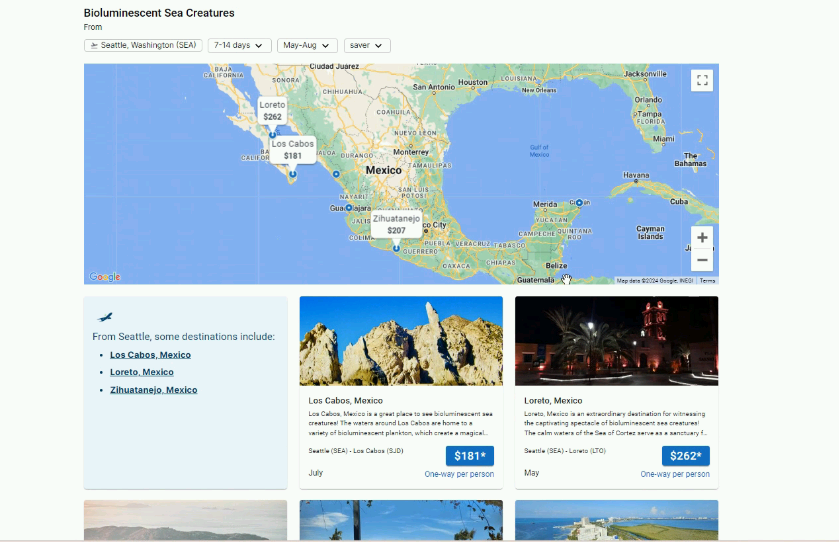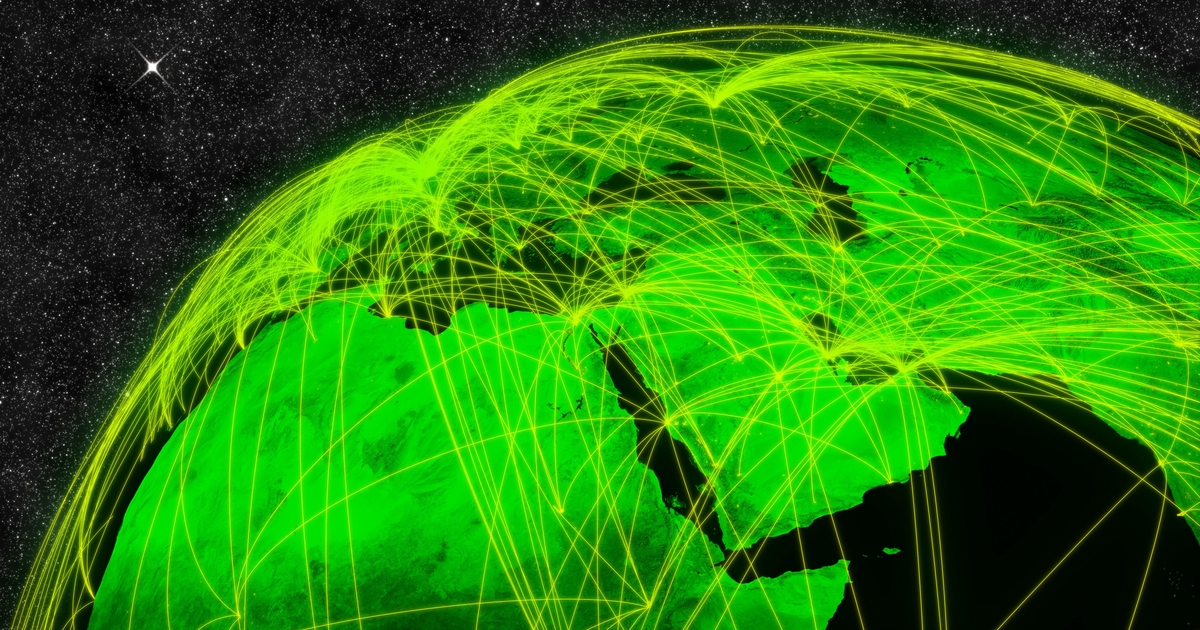Travel
How Google’s AI Could Change Travel: 4 Projects For Apps, Airlines, and Hotels

Skift Take
Google has made several announcements in recent weeks about how its generative AI model is being used to power next-generation travel technologies.
Google is fully in its Gemini era. That’s what the CEO said during the tech giant’s latest developer conference, and we’re seeing it with the company’s own consumer-facing products, and also through partnerships with travel companies.
Google has made several announcements in recent weeks. “You should expect a lot more in the travel space,” Carrie Tharp, vice president of strategic industries for Google Cloud, told Skift in early April.
Some of these projects will be part of the discussion at the inaugural Skift Data + AI Summit next week in New York City.
Google Products for Consumers
Google most recently shared its work on trip planning capabilities for search and Gemini Advanced, its equivalent to ChatGPT Plus for paid members.
Earlier this year, Google released some new AI features in Maps to help users with trip planning. App users can now see key photos and reviews that summarize people’s favorite aspects of a specific restaurant or place. The AI can also help identify what a dish in one of those photos is called and then pull out the most notable reviews that mention that dish.
Maps users can also see AI-generated summaries for electric vehicle charging stations, meant to help users more easily locate them.
Google is continuing to integrate new AI features into software for physical products, including laptops and mobile phones. A new capability on Android devices allows users to translate content, such as a menu, on the screen without switching apps. It’s part of the Circle to Search tool that was released in January, which allows Android users to initiate a Google search by circling text or an image on the screen.
Sabre: Airline Retail
Sabre last week announced its new retailing platform for airlines, powered by Google’s AI.
SabreMosaic is meant to help airlines create, sell, and deliver personalized retail experiences akin to modern online shopping. Traditional airline retail is based on decades-old tech and processes that generally makes air travel shopping a more disjointed experience than on a website like Amazon.
SabreMosaic includes multiple products and allows airlines to adopt only what they need. Products include tools for airfare and add-on offers based on real-time information, software meant to reduce the impact of delays and cancellations, various payment options, market analytics, and more.
Sabre is testing the retail platform with American Airlines, Virgin Australia, Air Serbia, and Oman Air.
“Airlines are becoming sophisticated retailers and need the same data-driven insights and AI tools to optimize their businesses and better serve their customers as other consumer services,” said Thomas Kurian, CEO of Google Cloud, in a statement. “Through our work with Sabre, we are helping airlines harness their data to make faster, more informed decisions that improve operations, personalize marketing, and ultimately increase customer satisfaction.”
McKinsey has estimated that this type of next-generation airline retailing could be worth $40 billion by 2030. That would represent up to an additional 4% of current industry revenue, an equivalent of $7 per passenger.
Amadeus last year released a similar platform with tech from Microsoft and OpenAI.
Alaska Airlines: Flight Planning
Alaska Airlines is testing a new trip planner built with tech from OpenAI, and there’s another coming later this year built with tech from Google.
While the first trip planner was built as a simple tool, developers are building the next one to leverage multiple Google travel technologies and create a more in-depth experience, according to Natalie Bowman, managing director of product and digital experiences for Alaska Airlines.
It starts with a search in everyday language. During a demo with Skift, Bowman used the example prompt, “I want to see bio luminescent sea creatures.”
It responds with an interactive map with filters including for the airport of departure and trip length. It also includes a group of potential locations with airfare cost and an AI-generated description of each.
The airline will release the tool later this year beginning with a small percentage of website visitors.

IHG: Trip Planning
IHG Hotels & Resorts later this year is planning to release a trip planning tool powered by Google’s AI as a feature within its One Rewards mobile app.
The first version of the AI tool will focus on helping users with the “dreaming phase” of travel.
The long-term vision is that the chatbot will be able to answer general and specific questions, and there could be integrations from third-party travel companies for products like events and attractions bookings.
Examples of prompts that IHG said the future chatbot will be able to answer:
- “Give me four late-night dinner options near the InterContinental London Park Lane.”
- “Does the Kimpton Shinjuku Hotel in Tokyo allow pets?”
- “What jazz shows are happening near the Holiday Inn Express Manhattan Times Square South the weekend of October 12th?”







